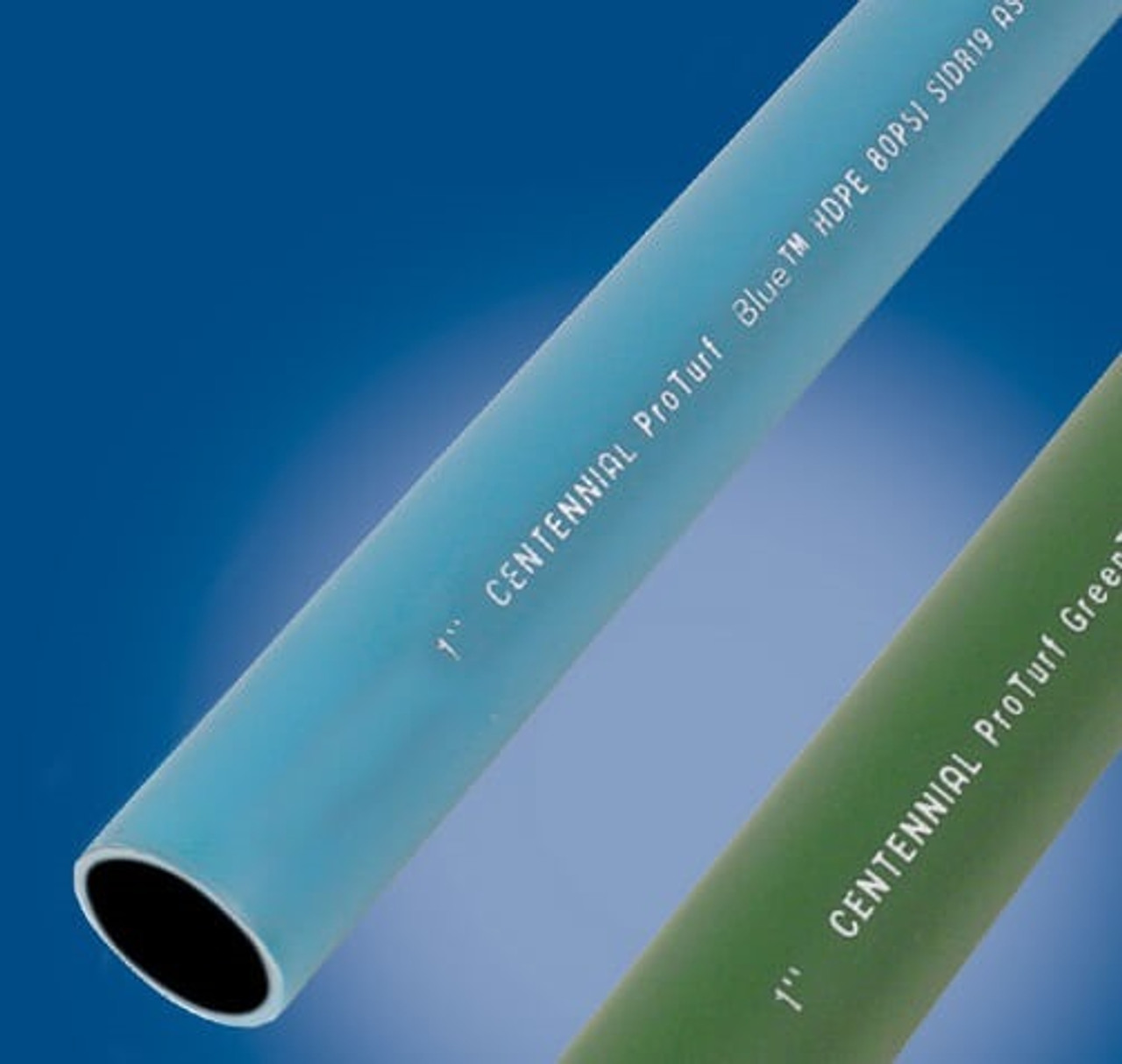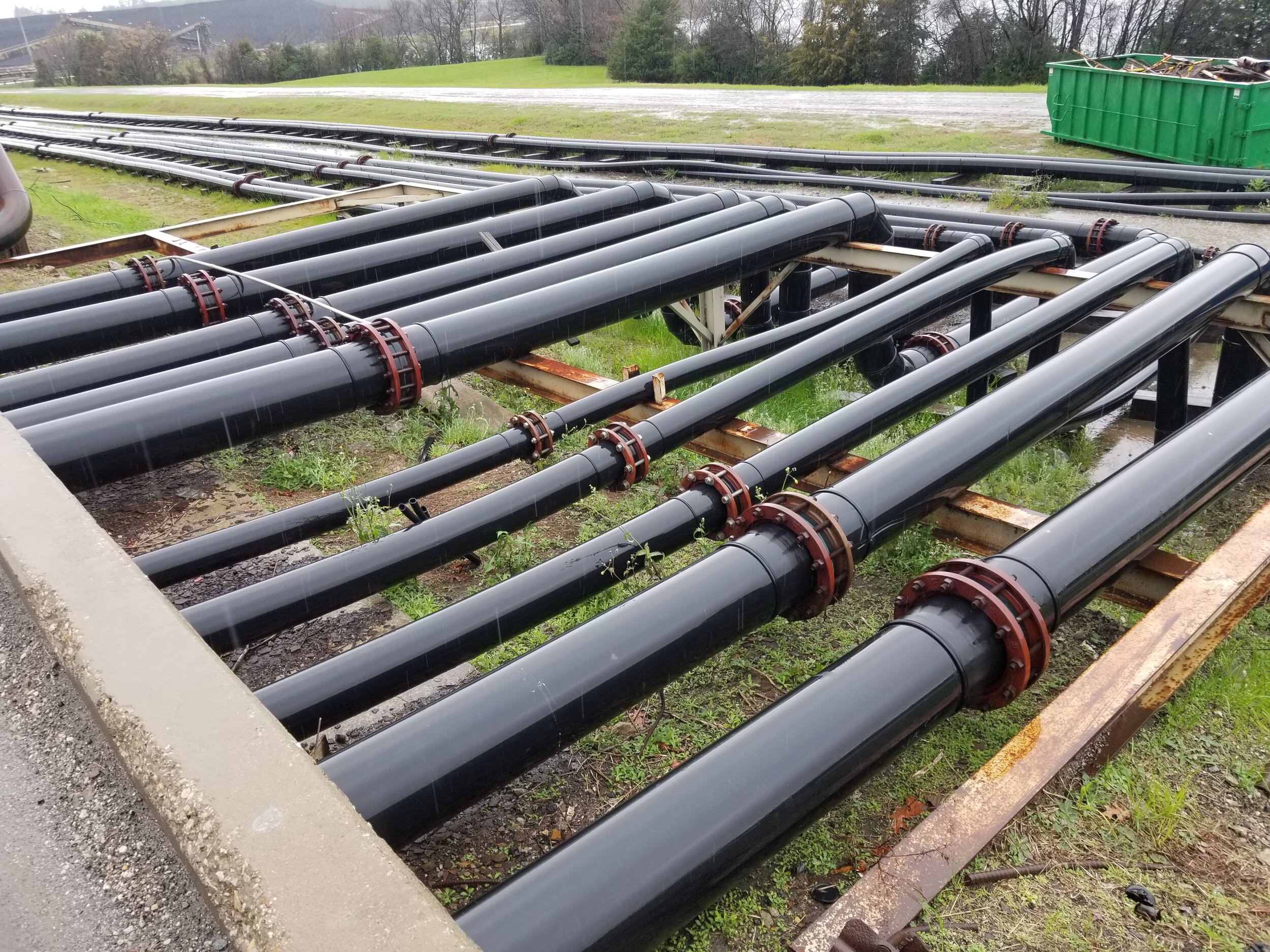Why Builders Prefer hdpe pipe in stock Midland TX for Immediate Projects
Discover the Manufacturing Refine Behind High-Quality HDPE Pipeline and Its Applications
The manufacturing process of top quality HDPE pipelines is detailed and methodical. It starts with the choice of resources that boost efficiency. Following this, ethylene undergoes polymerization to develop resin, which is then formed via extrusion. Quality assurance is critical, making certain that the end product meets strict requirements. The trip of HDPE pipelines doesn't finish with manufacturing. Their applications across numerous sectors disclose a broader relevance worth checking out.
Understanding HDPE: Features and Advantages

High-density polyethylene (HDPE) is a versatile polycarbonate known for its durability and resistance to numerous ecological aspects. This product displays outstanding tensile strength, making it ideal for demanding applications. Its low-density structure adds to a light-weight product, helping with ease of handling and installment. HDPE also showcases remarkable resistance to chemicals, which lessens deterioration when revealed to extreme compounds.
The material's reduced moisture absorption better improves its longevity, making it excellent for usage in pipelines and tank. Additionally, HDPE is immune to ultraviolet (UV) radiation, making sure that products preserve their integrity even when subjected to sunlight. In addition, its versatility permits the creation of complex shapes without endangering strength. The green nature of HDPE, typically derived from recycled materials, includes to its charm, promoting lasting practices in production. Generally, these residential or commercial properties and advantages make HDPE a recommended selection for numerous commercial and consumer applications.
Raw Product Selection for HDPE Production
The choice of basic materials for HDPE manufacturing is vital to verify the end product meets the desired requirements and top quality standards. High-density polyethylene (HDPE) is mostly generated from polymerized ethylene, acquired from fossil fuels such as gas or petroleum. The top quality of these feedstocks significantly affects the mechanical and thermal homes of the last HDPE.
Ingredients also play a significant function in improving HDPE's efficiency, consisting of anti-oxidants, UV stabilizers, and colorants, which improve durability and resistance to environmental aspects. The option procedure have to take into consideration not just the chemical composition of the raw products but likewise their handling features to assure reliable manufacturing.
Additionally, the sourcing of resources need to prioritize sustainability and compliance with ecological laws, as liable practices are critical in today's market. Inevitably, mindful resources selection lays the structure for producing high-quality HDPE pipelines suitable for varied applications.
The Extrusion Process: Shaping HDPE Pipeline
The extrusion process plays an important role in forming HDPE pipes, starting with precise product preparation techniques that assure suitable flow and consistency. Just as essential is the layout of the die, which directly influences the last dimensions and surface area quality of the pipeline. Together, these aspects contribute greatly to the performance and high quality of HDPE pipeline manufacturing.
Material Prep Work Methods
Efficient manufacturing of HDPE pipelines begins with thorough material prep work methods, particularly the extrusion procedure. During this phase, high-density polyethylene material is very first dried to remove wetness, making sure suitable circulation features. The material is after that fed right into the extruder, where it undertakes heating and melting, changing right into a thick state. This heating procedure is thoroughly managed to maintain the material's honesty and efficiency. The liquified HDPE is compelled through a die, shaping it right into a continual pipe type. Proper temperature level administration throughout extrusion is crucial, as it directly impacts the product's residential properties and the end product top quality. Once formed, the HDPE pipeline is cooled down and cut to specified lengths, prepared for succeeding handling and applications.
Die Design Relevance
Accuracy in die style plays a necessary function in the extrusion process of HDPE pipelines. The die works as the final shaping device, straight affecting the pipeline's measurements, wall surface density, and surface area finish. A properly designed die warranties uniform material flow, reducing defects such as abnormalities and weak points. The geometry of the die must be enhanced to accommodate the particular residential or commercial properties of HDPE, including its thickness and thermal behavior throughout extrusion. Additionally, the cooling price of the product as it passes with the die can markedly influence the pipeline's structural integrity. Investing in innovative die innovation is crucial for makers aiming to generate premium HDPE pipes that satisfy sector requirements and customer assumptions.
Quality Control Measures in HDPE Production
Although numerous aspects influence the high quality of HDPE pipe manufacturing, effective quality assurance measures are vital to guarantee uniformity and reliability in the last product. Trick high quality control practices consist of strenuous material assessment, verifying that the raw polyethylene fulfills established criteria for pureness and density. During the extrusion process, parameters such as temperature, pressure, and cooling time are closely kept track of to maintain dimensional accuracy and architectural honesty
Additionally, post-production screening is important; producers typically carry out hydrostatic tests to assess the pipeline's toughness and resistance to stress. Visual evaluations for surface problems even more enhance quality assurance. Certification from relevant standards organizations, like ASTM or ISO, provides an additional layer of integrity. By carrying out these complete top quality control actions, makers can lessen flaws, improve efficiency, and make sure that the HDPE pipes meet the particular requirements of different applications, ultimately resulting in customer contentment and trust in the product.
Applications of HDPE Pipeline Throughout Industries
HDPE pipelines are utilized across various sectors due to their longevity and convenience. In water distribution systems, they guarantee efficient delivery, while in wastewater monitoring, they offer reliable options for waste transportation. Furthermore, farming irrigation networks profit from HDPE's resistance to corrosion and adaptability, making it a suitable option for modern farming practices.

Water Distribution Solutions
A significant number of industries rely on high-density polyethylene (HDPE) pipes for efficient water distribution systems. Understood for their durability and resistance to rust, HDPE pipes are extensively utilized in metropolitan water system networks, agricultural irrigation, and industrial applications. Their light-weight nature helps with easy handling and installment, minimizing labor costs and time. Furthermore, HDPE pipelines can suit various stress levels, making them appropriate for both reduced and high-pressure systems. Pipe Manufacturing Midland TX. The versatility of the product allows for smooth integration right into existing infrastructure, decreasing the requirement for extensive excavation. In addition, HDPE's resistance to chemical leaching assurances that the water delivered stays safe and tidy, making it an excellent selection for maintaining the top quality of drinkable water across numerous markets
Wastewater Administration Solutions
Effective water distribution systems additionally lead the way for innovative wastewater administration solutions, where high-density polyethylene (HDPE) pipes play a substantial role. Prominent for their sturdiness and resistance to deterioration, HDPE pipes are excellent for moving wastewater in different setups. Their versatility permits for easy setup in complex atmospheres, minimizing the requirement for substantial excavation. Additionally, HDPE's smooth indoor surface decreases friction, enhancing circulation prices and performance. These pipelines are likewise immune to chemical leaching, making certain that pollutants do not endanger the surrounding setting. Industries, districts, and therapy facilities progressively depend on HDPE pipelines for their dependability and durability, making them a navigate to these guys preferred option for modern-day wastewater management systems. This flexibility underscores the important importance of HDPE pipelines across various applications.
Agricultural Irrigation Networks
Agricultural watering web networks profit considerably from the use of high-density polyethylene (HDPE) pipes, which supply effective and trustworthy water distribution to crops. HDPE pipes are lightweight, making them very easy to move and mount, while their adaptability enables different setups in diverse surfaces. These pipelines show exceptional resistance to rust, chemicals, and UV radiation, making sure durability in harsh agricultural atmospheres. In addition, their smooth indoor surface lessens rubbing loss, maximizing water flow and decreasing energy expenses connected with pumping. The long life of HDPE pipes, frequently exceeding half a century, adds to decrease maintenance and substitute costs. Consequently, farmers significantly rely upon HDPE pipelines to enhance watering effectiveness and advertise sustainable farming practices, inevitably causing improved plant returns and resource preservation.
Future Patterns in HDPE Pipeline Innovation
As the demand for lasting and efficient infrastructure grows, developments in HDPE pipe innovation are positioned to change numerous industries. Arising fads consist of the combination of clever technologies, such as sensors and IoT abilities, which help with real-time monitoring of pipeline problems, reducing upkeep prices and protecting against leakages. In addition, the advancement of sophisticated production techniques, such as 3D printing, is allowing the manufacturing of complex, personalized pipeline layouts that satisfy certain task needs.
The focus on recycling and circular economic climate techniques is driving the innovation of HDPE pipes made from recycled materials, improving sustainability. Improved jointing techniques, such as review electro-fusion and mechanical installations, are additionally improving installation efficiency and dependability. Lastly, the expanding focus on ecological policies is pressing manufacturers to embrace greener manufacturing procedures, making sure that HDPE pipes not only meet sector requirements yet also promote an even more sustainable future for facilities advancement.
Often Asked Inquiries
Just How Does HDPE Contrast to Other Plastic Products?
HDPE exceeds several various other plastic products regarding resilience, chemical resistance, and versatility. Its low thickness and high tensile toughness make it suitable for numerous applications, frequently surpassing choices in both efficiency and long life.
What Are the Environmental Impacts of HDPE Manufacturing?
The environmental impacts of HDPE production consist of greenhouse gas discharges, power consumption, and possible pollution from producing processes. In addition, incorrect disposal can bring about soil and water contamination, increasing concerns concerning long-lasting environmental results.
Can HDPE Piping Be Recycled?
Yes, HDPE pipelines can be recycled. Numerous facilities accept utilized HDPE for processing, transforming it right into brand-new products. This recycling adds to sustainability efforts, reducing plastic waste while preserving sources and power in the production cycle.
What Is the Life Expectancy of HDPE Pipeline?

How Do Temperature Variants Influence HDPE Pipeline Performance?
Temperature level variations substantially affect HDPE pipe performance, affecting adaptability and stamina. Heats can result in softening, while low temperatures may trigger brittleness, inevitably affecting the pipeline's durability and viability for numerous applications in diverse atmospheres.